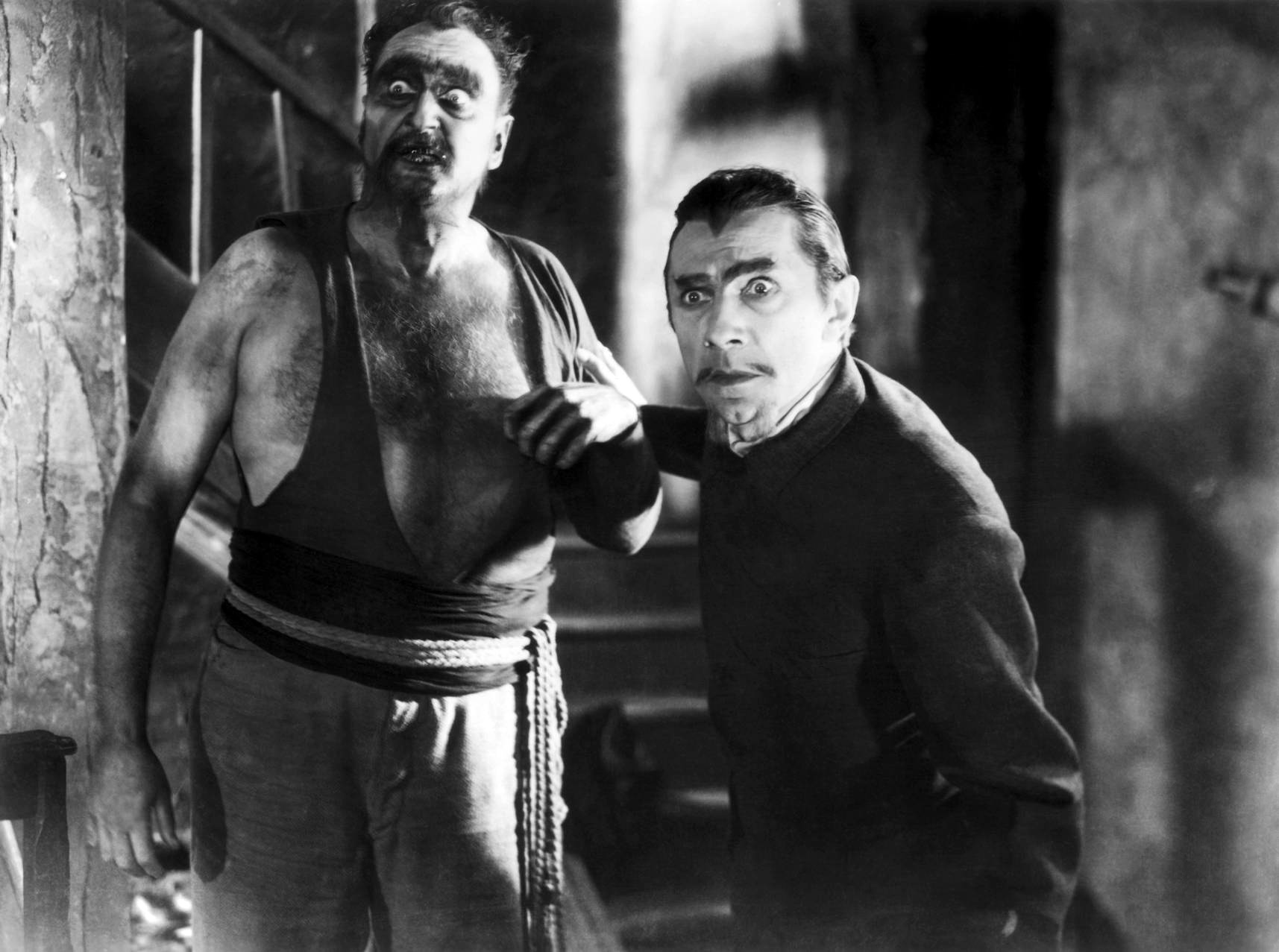Zombification is the art of creating and sustaining a zombie – however, there is a lot more science behind it than you might think. To begin, there are a few things you must understand in order to comprehend how this process could possibly take place. Haiti is a place that is unlike any other – its culture stands for things that, in America, we would take as Hollywood mumbo-jumbo. Voodoo is the religion, and within it is Hoodoo, the magic you see in most movies, ancestor worship which can lead to possession, and spirit incantations. Zombification is the worst punishment anyone could ever bring upon themselves, and so it is used as a social barrier to keep people in line. There have been many documented cases of Zombification, but very few are actual first-hand accounts.
Secondly, you must understand how a neuron works. It’s really very simple – say you want to move your left arm. A message goes from the basal ganglia (the section of your brain concerned with movement control) through the nervous system along your spine and to the muscles of your left arm. There, the dendrites of the neurons attached to the muscle fibers receive the message – there it is picked up by a sodium or potassium ion, which will carry the message across the axon of the neuron to the muscle fiber itself, where the action will be performed by the muscle cells. This all seems like a very long process, but it really takes place in a matter of seconds – it’s almost like an electrical process, faster than a bullet train.
Thirdly, you must know a little bit about memory. Memory for each person is different – there is short term and long term memory. Long term memory is the experiences that a person goes through during their lifetime, making them who they are. Short term memory can be something as simple as where you put your car keys this morning. Each is stored in a separate part of the brain – what we don’t know is where or how it can be manipulated.
Now we get to the actual zombie making. It all begins with a fish known as the fugu, or puffer fish. It is a rare delicacy in Japan, but be careful – the toxin this fish is known for, called tetrodotoxin, is 10,000 times more powerful than cyanide, making it the most potent poison that can be found in nature. It is believed that the fugu acquires this toxin through eating other noxious organisms and in turn producing the toxin itself. Once the toxin is ingested, it goes straight to the sodium ions in the axons of your muscle fibers – and knocks them out like linebackers taking out a quarterback. However, the toxin can not cross the blood barrier to the brain – therefore it only affects the messages being sent from the brain to the muscles.
Once these messages are stopped, all muscle function is eradicated. The symptoms begin with a numbness in the lips and tongue, which moves to the face and throat. Other symptoms include muscle spasms and loss of speech. In the second stage, a complete paralysis overcomes the body – and because the toxin does not affect the brain, the person can be completely aware of what is going on around them! Unfortunately, they have no way of communicating to others in the paralyzed state induced by the toxin. Usually, death is imminent within 4 – 6 hours of ingesting the toxin – however, there have been many cases of people “rising from the dead” because they did not take enough poison to kill themselves and are simply coming out of the coma.
 |
| Are you taking notes? There will be a quiz. |
Say the person didn’t die from ingesting the poison – yet they are in a coma, and are believed to be dead. They are then buried. The voudun priest will then dig up the “dead body” and begin the actual process to make them “mad”, or insane. More drugs are applied in order to keep the person confused – a mixture called Datura, which is full of hallucinogenics, does just that. The drugs, including atropine, hyoscyamine, and scopolamine, create confusion in the brain, fog memory, and basically lower all higher brain function, including eye-sight and motor skills. Now that the person doesn’t remember where they are, what day it is, or even who they are, they are officially “zombified” and can be sold to plantations as slave labor. If they show any sign of regaining their memories, another dose of Datura is applied and the Zombification continues.
That’s all there really is to it. There are many more drugs and factors we are not yet aware of – and still we have yet to find a zombie that we might be able to study! Wade Davis, a Harvard graduate and author of The Serpent And The Rainbow, is slowly making his way into the secrets of Haitian culture and unraveling the mystery behind the making of zombies. Besides the drugs, a large factor in creating the zombies is that of the cultural atmosphere – the very natures of these people allows for the dead to come back to life and walk among them. However, I believe that you would be able to recreate a scenario like this with a person in the United States (if you could find a willing “volunteer”) if you had the correct recipe. Most Zombification done in Haiti is different, varying from voudun priest to voudun priest because the recipe is made through trial and error – it is far too easy to kill someone with these toxins, or not apply enough to do any real damage.
Can't wait until we find out how to make Thriller zombies...


No comments:
Post a Comment